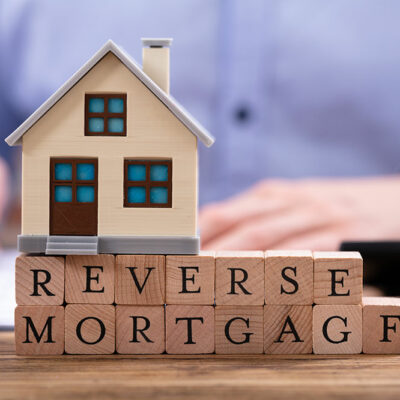
7 essentials to elevate a living room
The living room is the most used space; it is the hub of the house where you spend the most time in and entertain guests. These aspects make it all the more essential to ensure the living room is comfortable, aptly furnished, and looks aesthetically pleasing. A common problem most people face is how to fill a large space. This article sheds light on some essential items that will pull the living room together.
Couch
Furniture plays a huge role in home design, as it dictates the flow of movement. When it comes to the living room, the first item you should choose is a couch that fits your space. It is often the largest piece of furniture in the room and of prime importance to set the right tone for a living space. Buy one that looks pleasing to the eye and has a sturdy frame, good-quality padding, and durable springs.
Chairs or recliners
It doesn’t matter if you call it a reading chair, an armchair, or an accent piece; your living room is incomplete without one. Chairs are a great way to add extra seating, and depending on the size of your space, you can choose a sleek mid-century modern chair, a vintage piece, or a chaise lounge.
Lights
The right lamp and the right style can change the look of a living room. Use long pendant lights to highlight the height of a room and wall lights to add light to awkward corners or recesses. Adding mirrors to a space is the oldest trick in the book to create the illusion of space. The best way is to place a huge mirror opposite a window to allow natural light to bounce off of it.
Rugs
Rugs make the living space look warm and inviting and help define an area. But they can also ruin layout or home design if placed incorrectly. Make sure that you choose the correct rug size and one that pulls the living room together. You can also layer two rugs to add more texture.
Paintings and frames
Paintings and pictures are an excellent way to add a personal touch to a living space. You can add a large painting above your couch or nail smaller ones placed close together on a wall to create a vignette. Large, vertical paintings are a good way to make a low ceiling look higher.
Side tables
A couch often has a small table placed on its side, as it adds a nice touch to the living room space. It’s useful to put lampshades and plants, set down drinks, or add decor to accentuate the space.
Shelves
This piece of furniture can make or break the space. Shelves increase the practicality of a room and can be used for displaying decor or storing items. You can arrange your favorite books and decor pieces or leave them nearly empty if you like a more minimalist design style. If you prefer a clean look, hanging shelves are the way to go, as they offer a modern take on a furniture staple.


